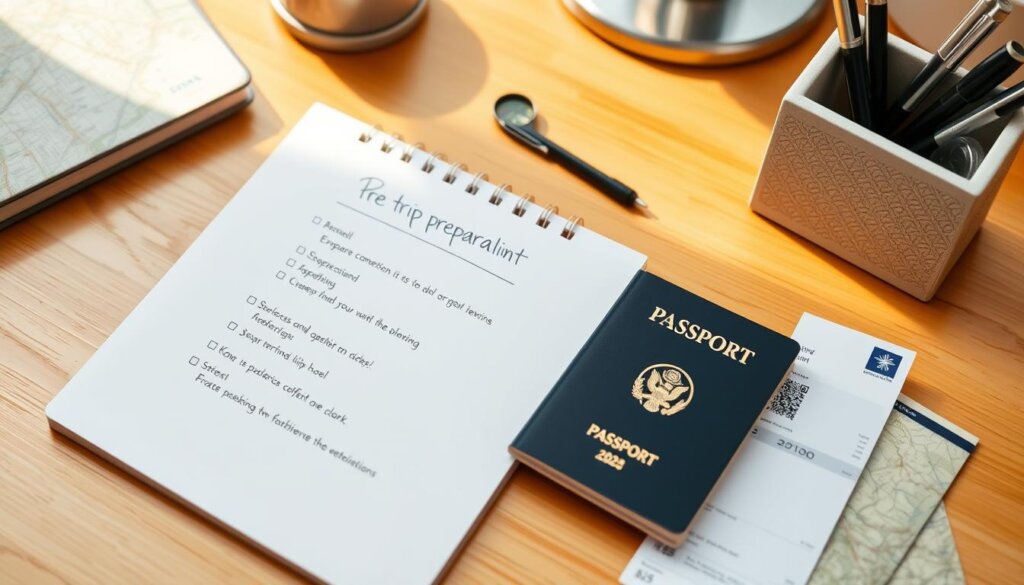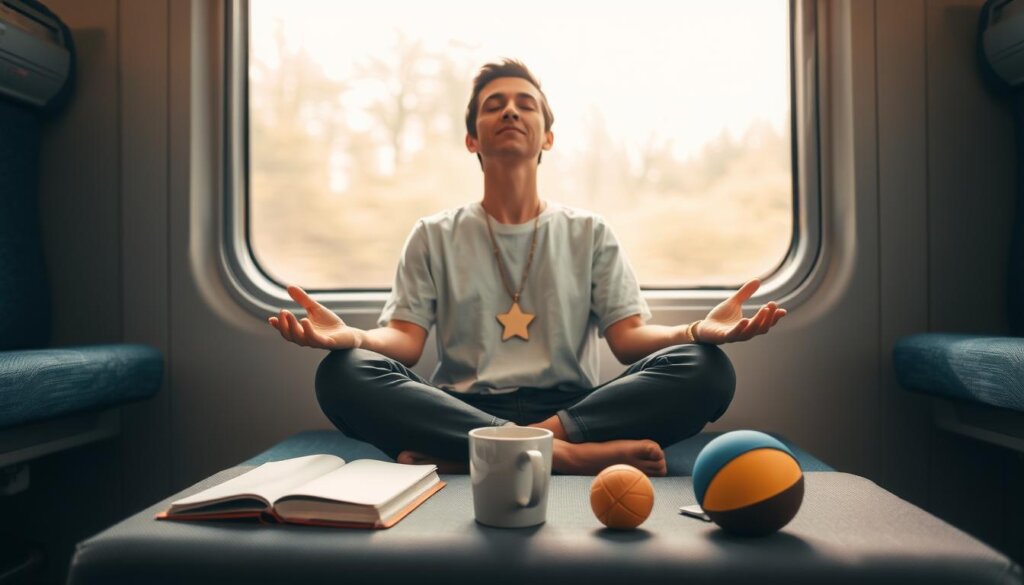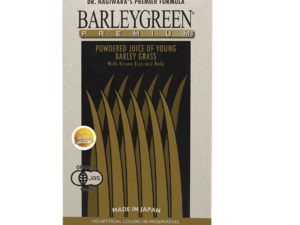Travel without gut anxiety: Tips from Wellness Group, Malaysia
Did you know nearly 40% of travelers experience stomach discomfort during trips? The body’s response to excitement and nervousness shares striking similarities, often leading to confusion between adrenaline rushes and anxiety-driven digestive distress.
For many, what should feel like adventure becomes overshadowed by cramping, bloating, or nausea. These physical reactions stem from the gut-brain connection, where emotional stress directly impacts digestion. Wellness Group’s experts explain that “the stomach often acts as a mirror for our mental state”, especially during planning or transit phases.
Malaysia’s trusted healthcare provider offers science-backed methods to address these challenges. Their team helps travelers distinguish between normal excitement and problematic symptoms while creating personalized coping plans. Those experiencing persistent issues can explore digestive discomfort solutions tailored to their needs.
Available via WhatsApp at +60123822655 (Monday-Friday 9:30 am-6:30 pm, weekends 10 am-5 pm), Wellness Group combines medical expertise with practical lifestyle adjustments. This guide reveals how simple changes can transform journeys from stressful to seamless.
Key Takeaways
- The gut-brain axis links emotional states to physical digestive responses
- Differentiating excitement from anxiety reduces symptom misinterpretation
- Professional guidance helps create personalized travel wellness plans
- Dietary adjustments and stress techniques improve journey comfort
- Early preparation minimizes both mental and physical travel stressors
Embracing the Journey: The Importance of Stress-Free Travel

Click to LEARN MORE
With over 1.8 billion leisure trips taken annually worldwide, stress-free exploration has become essential for modern adventurers. Research confirms that how people frame their journeys directly impacts mental health outcomes. A calm approach to new experiences helps travelers absorb cultural nuances and build resilience through unexpected challenges.
Stress reduction isn’t just about comfort—it sharpens decision-making skills during unfamiliar situations. Studies show vacation time spent mindfully lowers cortisol levels by up to 30%, creating space for authentic connections. “The way we engage with destinations shapes memories more than the destinations themselves,” notes a Malaysian wellness researcher.
Prioritizing mental health while traveling leads to surprising benefits. Travelers report improved problem-solving abilities at work and stronger relationships with companions. Simple strategies like planning buffer days or learning local phrases often make the difference between chaos and cherished moments.
Wellness experts emphasize that stress management transforms short getaways into lasting personal growth opportunities. By focusing on present-moment experiences rather than rigid itineraries, people unlock their trip’s full potential—one relaxed breath at a time.
Understanding Travel Anxiety and Its Impact
After surviving traumatic events like car accidents, 65% of individuals develop heightened sensitivity to movement-related stress. This heightened state often creates a domino effect where physical discomfort amplifies emotional distress—and vice versa.
Recognizing Physical Symptoms
The body signals unease through multiple channels:
- Digestive disturbances: Cramping, nausea, or appetite changes
- Cardiovascular reactions: Racing pulse, chest tightness, or dizziness
- Muscle responses: Stiff shoulders, clenched jaw, or headaches
- Sleep disruptions: Restlessness or fatigue despite exhaustion
Identifying Emotional Responses
Mental patterns often intensify physical discomfort:
- Persistent “what if” scenarios about missed connections or dangers
- Irritability toward companions or service staff
- Sudden urges to cancel plans despite prior excitement
- Panic spirals: Feeling trapped or fearing loss of control
When physical and emotional signals feed each other, daily activities feel overwhelming. Addressing both aspects helps restore balance—making journeys enjoyable rather than endurance tests. Proactive health strategies break this cycle before it gains momentum.
Travel without gut anxiety: Recognizing the Triggers
Many adventurers feel their excitement drain away as departure dates approach. Hidden stressors often lurk behind common packing lists and itinerary checks. Identifying these hidden pressures helps prevent physical reactions before they start.
Common Sources of Pre-Trip Anxiety
Pre-journey worries often focus on practical concerns:
- Uncertainty about food safety and water quality
- Limited access to preferred bathroom facilities
- Fear of motion sickness during transport
- Last-minute “forgotten item” panic
Meal timing concerns rank high, especially for those managing dietary needs. “People often restrict eating to avoid problems, but hunger worsens nausea,” notes a Kuala Lumpur nutrition specialist. This creates a cycle where stress about meals triggers actual stomach issues.
How Past Experiences Shape Fears
Previous negative events cast long shadows. Someone who once fell ill from street food might avoid all local cuisine. A turbulent flight memory could make boarding planes feel terrifying.
Three patterns emerge from past troubles:
- Overestimating repeat incidents (“This airport always makes me queasy”)
- Catastrophic thinking (“What if I get sick mid-flight?”)
- Avoidance behaviors (Skipping tours to stay near restrooms)
Breaking these patterns starts with recognizing their roots. Gentle exposure to manageable challenges helps rebuild confidence. With proper support, past stumbles become stepping stones for future adventures.
Preparing Ahead: Practical Steps to a Calm Trip

Click to LEARN MORE
Smart preparation turns trip worries into confidence boosters. Start by listing what triggers unease—maybe unfamiliar foods or tight schedules. Review past journeys to spot patterns in how you handled unexpected things.

Exercise proves vital for stress management. A 20-minute walk three days before departure helps more than last-minute gym sessions. “Movement resets both body and mind,” says a Kuala Lumpur fitness coach.
| Approach | Benefit | Example |
|---|---|---|
| Proactive Planning | Reduces trip uncertainty | Pack medications 72 hours early |
| Buffer Time | Cuts anxiety spikes | Add 2 extra hours for airport transit |
| Mental Prep | Builds crisis confidence | Practice 4-7-8 breathing technique |
Research local pharmacies near your accommodation. Save emergency contacts in your phone’s favorites. These simple tips create safety nets without rigid over-planning.
Build contingency plans for common disruptions. What if flights delay? Where’s the nearest clinic? Answering these questions helps maintain calm when plans shift.
Finally, visualize smooth transitions between locations. This mental rehearsal primes your brain to handle real-time challenges. With practical systems in place, you’ll spend less time stressing and more time enjoying new experiences.
Effective Techniques to Ease Pre-Trip Nerves
What if simple techniques could transform pre-journey jitters into calm confidence? Proven methods exist to quiet racing thoughts and steady nervous energy. These approaches work by addressing both body and mind through science-backed strategies.
Mindful Breathing Exercises
Slow, rhythmic breathing acts like a reset button for frazzled nerves. The 4-7-8 technique—inhale for 4 counts, hold for 7, exhale for 8—helps lower heart rate within minutes. “This method triggers the parasympathetic nervous system,” explains a relaxation specialist from Ohio State’s program.
Free apps like BreatheSync guide users through customized patterns. Regular practice builds resilience against stress spikes during packing chaos or last-minute changes.
Visualization and Positive Affirmations
Imagine boarding a plane feeling composed, not clenched. Mental rehearsals create neural pathways for success. Picture yourself:
- Calmly navigating security checks
- Enjoying scenic views during transit
- Celebrating arrival with ease
Pair these visions with affirmations like “I adapt smoothly to new experiences”. Research shows this combo reduces worry cycles by 42% compared to anxious thinking.
These tools offer immediate help during tense moments. With consistent use, they become trusted allies for any adventure—no prescription required.
In-Transit Strategies: Managing Anxiety During Your Journey
Navigating crowded terminals or unfamiliar roads becomes easier with portable calming methods. When tension builds, immediate techniques help restore balance without disrupting plans. These approaches work whether you’re boarding a train or waiting at customs.

Grounding Techniques for On-the-Go Relief
The 5-4-3-2-1 method engages multiple senses to halt worry cycles. Start by naming:
- 5 visible objects (boarding passes, luggage tags)
- 4 textures (seat fabric, water bottle surface)
- 3 sounds (engine hum, boarding announcements)
Finish with 2 scents and 1 taste. Pair this with breath-step synchronization: inhale for 3 steps, exhale for 5. “These methods anchor people to their environment,” notes a Kuala Lumpur therapist.
Maintaining a Steady Routine While Traveling
Consistent patterns combat disorientation across time zones. Try this comparison:
| Routine Element | Travel Adaptation | Benefit |
|---|---|---|
| Meal Times | Eat within 90 minutes of home schedule | Stabilizes energy levels |
| Sleep Habits | Use eye masks for familiar darkness | Improves rest quality |
| Daily Rituals | 5-minute morning stretches | Creates continuity |
Carry a textured object like a worry stone for tactile reassurance. Quick muscle relaxation—clench and release toes three times—works discreetly in any seat. Proactive strategies turn chaotic moments into manageable experiences.
Practical Self-Care Tips Before, During, and After Travel
Self-care transforms trips from draining to revitalizing experiences. Packing schedules often push personal needs aside, but maintaining routines strengthens both body and mind. Brief walks or yoga sessions before departure help manage stress better than frantic last-minute preparations.
Pre-journey pampering matters more than many realize. A quick massage or skincare ritual does double duty—it relaxes muscles while signaling the brain to shift into adventure mode. Those noticing persistent digestive health changes should consult professionals early.
Movement remains crucial during transit. Stretch breaks at rest stops or airport gate exercises keep energy balanced. “Even five minutes of activity every two hours improves circulation,” advises a Kuala Lumpur physiotherapist.
Post-vacation recovery deserves equal attention. Gentle home-cooked meals and extra sleep hours help bodies readjust. Resist the urge to dive back into work—schedule buffer days to unpack slowly and savor trip memories.
True wellness extends beyond the journey itself. By honoring these practices, explorers protect their health while enriching their lives. The right care routine turns fleeting escapes into lasting sources of joy.
FAQ
What physical symptoms might signal travel-related stress?
Physical signs include nausea, stomach cramps, rapid heartbeat, or sweating. These often arise when the body reacts to unfamiliar routines or environments. Wellness Group, Malaysia recommends monitoring these cues to address them early.
How can past trips influence current fears about traveling?
Negative memories, like missed flights or illness, may heighten worry. Reframing those experiences through therapy or journaling helps build resilience. Experts suggest focusing on positive outcomes to reduce emotional triggers.
What are quick relaxation methods for calming nerves before a flight?
Deep breathing exercises—inhaling for four counts and exhaling for six—can lower heart rate. Pairing this with visualizing serene locations, like a beach, shifts focus away from stressors. Portable tools like meditation apps offer guided support.
How does maintaining routines help during trips?
Familiar habits, such as morning stretches or consistent meal times, create stability. Wellness Group, Malaysia emphasizes that structure minimizes disruptions to sleep and digestion, which are common anxiety amplifiers.
Are there self-care strategies for post-trip recovery?
Yes. Rehydrating, light exercise, and prioritizing rest help the body reset. Gentle activities like walking or herbal teas ease tension. Planning downtime after returning home allows mental and physical recharge.
Can medications help manage severe symptoms while on the go?
Consult a healthcare provider before trips to discuss short-term options. Non-drowsy antihistamines or natural supplements like chamomile might be recommended. Always pair these with behavioral techniques for balanced care.

Khloe Tan
Khloe Tan is a Certified Nutritionist, Corporate Wellness Trainer, and Holistic Health Specialist with over 15 years of experience in the health and wellness industry. She has delivered more than 100 talks nationwide, inspiring and educating diverse audiences on nutrition, lifestyle, and sustainable wellness. Her work has positively impacted over 3,000 lives, and she continues to champion holistic approaches to well-being in both corporate and personal settings.
Feature Product
-
Hydrogen Water FIlter/Generator
H2zen Portable (White/ Blue)
RM2,600.00 Add to cart Buy NowRated 0 out of 5





